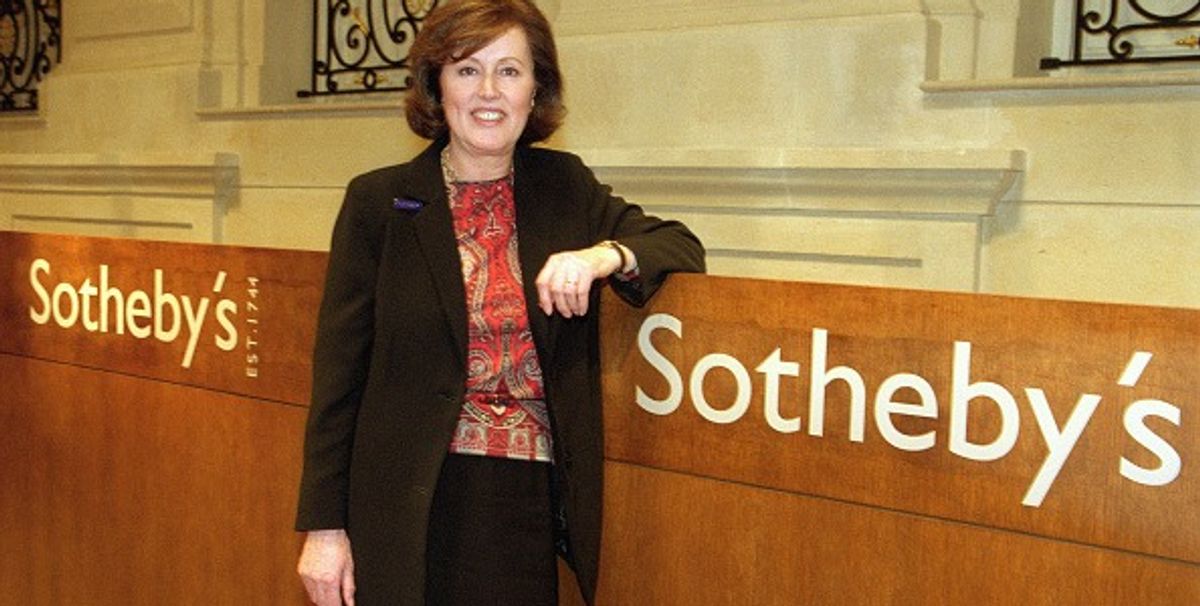Laure de Beauvau-Craon, who led Sotheby’s France for almost 15 years, died on Saturday, 29 April in Anjou, in the Loire valley, aged 74. Born Laure de Rougemont, she became a princess when she married Marc de Beauveau-Craon, the heir of a noble house tied to the duchy of Lorraine. Her royal title did not stop her from waging—and winning—a war on another ancient order, France’s “commissaires-priseurs”. Established by King Henry II in 1556, the organisation held a monopoly over the auction market in France for centuries.
De Beauvau-Craon was a formidable woman, of great strength and character. The daughter of a French resistance leader and army General, she spent much of her childhood in the UK and US and studied languages, including Russian. While working with Sotheby’s in the 1980s, her connections—she hunted with the German princely house of Thurn und Taxis and was friends with the collector Antenor Patino—made her the perfect intermediary for the auction house in France, where the “commissaires-priseurs” were the only auctioneers legally allowed to operate. In 1986, she was able to snatch the collection of the Countess of Behague from under their noses, and Sotheby’s put it up for auction in Monaco.
In 1991, the chairman of Sotheby’s, Michael Ainslie, appointed her to head the company’s branch in France, which was a small but elite family, with the best young experts available. Marc Blondeau, who had opened the office, specialised in Impressionist and Modern art, Etienne Bréton in Old Masters and Alexandre Pradère in furniture. Widowed and childless at the age of 40, De Beauvau-Craon seized the moment and launched her revolution, filing a complaint to the European Commission against the commissaires-priseurs’ monopoly in France. During this time, Sotheby’s France annually exported around 600 million francs (the equivalent of €110m to €140m today) worth of art to London and New York, where it was put under the hammer.
In 1997, under pressure from the European Commission, the French government proposed a law that would end the monopoly but, two years later, the Parliament had still not passed it. Not one to be thwarted by bureaucracy, De Beauvau-Craon challenged the authorities by organising a sale of the Charles de Beistegui collection at the château de Groussay, near Paris. In 2000, under the threat of heavy sanctions by the European Commission, the French government finally opened the country’s art market to foreign auction houses.
Nothing would ever be the same. Sotheby’s sales in Paris last year amounted to €220m. The small office became a big company whose exports to London and New York have only increased. In a way, this saddened the Princess, who had wanted to build a more independent Parisian art market, a goal that was not always shared by Sotheby’s headquarters in London or New York. She retired in 2004, devoting herself to a passion for Russian literature and looking after a small castle in Lorraine. She remained loved by everyone—even the commissaires-priseurs she so ferociously fought, and conquered.


